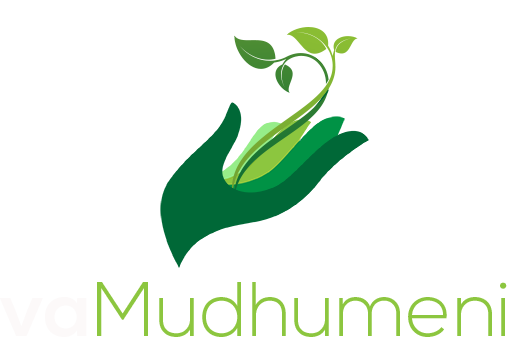Albert Makendenge
The guidelines below will predominantly be focusing on field potato production as one form among of growing the crop among various other methods such greenhouse production and the recently popular sack production.
Soil Requirements
Potatoes grow well on a wide variety of both alkaline and acidic soils but deep, well drained and friable sand-clay or organic-rich loam soils with a pH of around 5.4 are more ideal. Peat or muck is especially very high yielding when adequately drained.
Planting Date
The summer crop is usually planted in November. The first irrigated crop is grown in February to April whereas the second irrigated crop is grown in late July to August, generally when the soil temperature is higher than 7 degrees Celsius and lower than 21 degrees Celsius. Depending on the variety, potatoes usually take 90 to 120 days to reach maturity.
Sprouting
The development of shoots that will grow into new plants is meant to ensure quick, uniform and full germination and can be done through chitting trays, force sprouting or chemical sprouting Each tuber usually has 2 to 10 buds and tubers that are smaller than 25 mm should not be used.
Fertilizer Application
Because of a poorly developed root system, fertilizer is applied at the time of planting and preferably placed at the same level as or under the seed tubers. Compound C (5:15:122) and potassium nitrate (13:0:46) are recommended as basal dressing and top dressing (split application at 4, 8 and 12 weeks) respectively.
Ridging
Ridging, which improves soil aeration, enhances tuber growth and minimizes tuber greening, is simply the process of adding soil to the crop such that the bed height is increased. Cultivation or ridging, which should be avoided when the soil is wet to reduce clodding and compaction, is especially important if the potatoes are planted on a flat field.
Water Requirements
Whilst differing from variety to variety, 500 mm to 900 mm of water is usually the requirement for optimal quality and quantity of potato yields. Light frequent showers or application of water ensure an adequate supply of moisture throughout all the group stages of the crop, particularly during tuber initiation and tuber enlargement.
Weed Control
Whilst annual weeds like nightshade are easier to control, perennial ones like nutsedges and quack grass are the most problematic to deal with (which when left unattended to, can cause significant reductions in both quantity and quality.
Pests and Diseases
Nematodes, red spider mite, cutworms, tuber moth, potato leaf hopper and aphids, amongst many others, are a farmer’s pest nightmare in the growing of potatoes. Early blight, late blight, common scab and bacterial wilt are some of the most common diseases. Early identification, treatment and control of pests and diseases is always encouraged before any significant damage to the crop is done.
Common physiological disorders
Defects to both the foliage and tubers, which come from several environmental (natural) and human induced factors, almost always negatively affect the development of the crop and consequently the market of the product. These defects, which can be minimized by proper cultural management, include abnormal foliage color, damaged or torn leaves as well as growth cracks or secondary growth on the tubers. Establishing a uniform stand, monitoring soil moisture, applying irrigation in a timely manner, fertilizing based on soil tests and establishing proper storage conditions will help reduce losses caused by many of these physiological disorders.
Harvesting
Farmers should wait until the tops of the vines have completely died before beginning to harvest. When the vines are dead, it is a sure sign that the potatoes have finished growing and are ready to be harvested. To facilitate harvesting, the potato vines should be removed two weeks before the potatoes are dug up. Depending on the scale of production, potatoes are harvested using a spading fork, a plough/ripper or a commercial potato harvester that unearths the plant and shakes the soil from the tubers.

